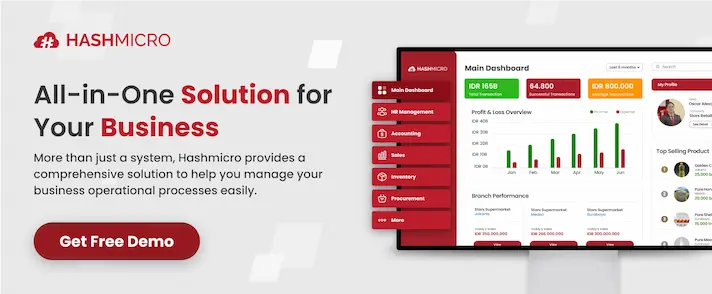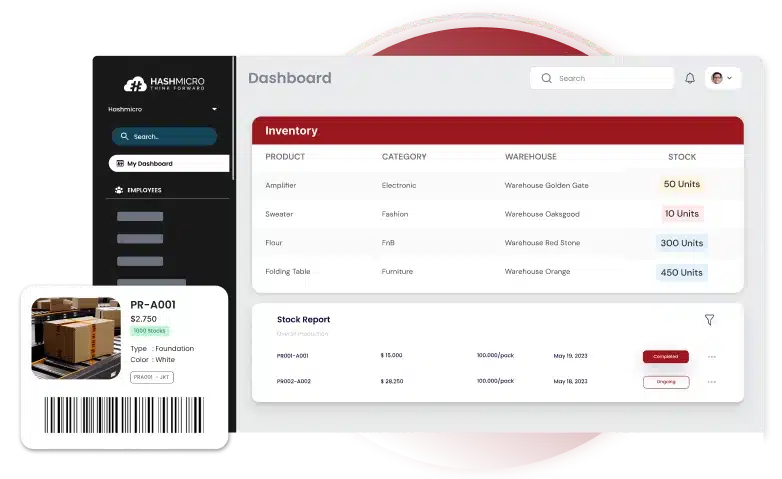Most warehouse managers know the feeling: stocktaking season means long hours, disrupted operations, and inevitable reconciliation headaches. Traditional inventory counts often involve pausing business while teams manually verify numbers that should match but don’t.
Meanwhile, some companies have quietly moved away from these time-consuming processes. They’ve adopted systems that make inventory management more accurate and less disruptive to daily operations, without the usual stress and overtime costs.
The difference comes down to how technology handles the counting, tracking, and reporting that used to require so much manual effort. Therefore, this article will explain stocktaking, its methods, and the best practices for your business.
Key Takeaways
|
What is Stocktaking?
Stocktaking, also known as inventory checking or stock counting, refers to the process of verifying and documenting the quantity and condition of a business’s physical inventory. It plays a vital role in stock management, influencing purchasing decisions, production planning, and sales performance.
The method used for stocktaking can differ between businesses, depending on the available time and resources.
For manufacturers, the process extends beyond counting finished products. It also includes reviewing the stock levels of raw materials, components, and items still in production.
Why is Stocktaking Important?
Accurate stocktaking is critical to keeping a manufacturing business running smoothly.
Your inventory, from raw materials to components and subassemblies, is the foundation of every product you make. Let that foundation weaken, and problems can pile up quickly.
Here’s how it often plays out:
- A critical part runs out, but replenishment takes weeks because suppliers are overseas.
- Storerooms fill with excess stock, eating into cash flow while rental costs keep rising.
- Obsolete materials stack up after a change in client requirements.
- Damaged goods go unnoticed until they’re urgently needed.
- Practical solutions like barcode scanning or automated stock alerts are left unused.
In a place where space is limited and lead times can be unpredictable, these small lapses can quickly spiral into a full-blown operational headache.
Benefits of Stocktaking
Since we have already covered the reasons why stocktaking is important, let’s take a look at the five benefits of stocktaking.
1. Maintain accurate stock levels
Accurate stock levels let you confirm availability before accepting large orders. As a result, you can avoid last-minute shortages that cause delivery delays, lost sales, and damaged client trust.
2. Discover stock discrepancies
Inventory software can track quantities and locations but isn’t flawless. A shipment from Johor delayed at customs may go unnoticed, leaving production short on materials.
A physical stocktake can uncover stock discrepancies that systems miss: damaged cartons, misplaced items, theft, or supplier delivery errors. While some are minor incidents, others point to deeper operational gaps that need urgent action.
3. Optimise inventory management
Up-to-date inventory data helps set optimal reorder points, store stock efficiently, and allocate space better.
With a periodic system, stocktakes are essential but may require halting operations or paying overtime. A perpetual system updates movements continuously but still needs physical checks to verify records, catch damaged goods, and ensure data accuracy.
4. Keep your inventory up to date
Accurate inventory data ensures materials are ready for production, orders go out on time, and no hidden negative stock exists. Without it, production schedules collapse, and deliveries are delayed.
Inventory planning tools help keep stock lean without risking shortages, reduce carrying costs, and maintain efficiency for both fast-moving goods and slow-moving specialised items.
5. Uncover stock room issues
Stockrooms can hide a myriad of problems: damaged cartons, moisture-damaged packaging, expired goods, or missing items.
Regular stocktakes spot these issues early. Combined with better security and maintenance, such as climate control, careful handling, and secure access, they help reduce preventable losses and keep goods in saleable condition longer.
Methods of Stocktaking
There are several ways to carry out stocktaking, each with its own advantages depending on your business setup. Here are three of the most common methods:
1. Wall-to-wall stocktaking
Wall-to-wall stocktaking involves counting every single item in your warehouse, shop, or storage facility. It’s typically done at least once a year or when switching to a new inventory system.
While it gives a complete, accurate picture of your stock, it can disrupt normal operations. So, proper preparation is essential to minimise downtime.
2. Cycle counting
Instead of counting all inventory at once, cycle counting breaks the process into smaller, scheduled counts of specific sections or product groups. This method is especially useful for businesses that can’t afford a full shutdown.
It also helps reduce large discrepancies that can occur when counts are spaced too far apart. However, it works best when your inventory records are already highly accurate. Many businesses combine cycle counting with an annual wall-to-wall check.
3. Spot checking
Spot checks involve randomly counting selected items, locations, or product categories. They’re quick, easy, and useful for catching discrepancies early. Spot checks are often triggered when something seems off, such as missing items, inconsistent records, or issues with a particular supplier.
Types of Stocktaking
Stocktaking can vary in approach depending on the industry and the purpose of the count. Common types include:
- Retail stocktaking: Counting products both on display and in storage. Space is costly, so avoiding overstock prevents wasted floor and backroom capacity.
- Warehouse stocktaking: Recording every item in storage, from racks and bins to pallets and temporary holding areas. Clear labelling is critical in multi-storey or shared facilities.
- Pharmacy stocktaking: Counting stock while checking expiry dates, product integrity, and compliance with Health Sciences Authority (HSA) rules, including storage conditions for temperature-sensitive medicines.
- Asset stocktaking: Auditing fixed assets such as equipment, vehicles, and machinery. Often needed for financial reporting under Singapore Financial Reporting Standards (SFRS) or for insurance purposes.
How Often Should Stocktaking Be Done?
There’s no fixed rule for how often you should conduct stocktakes, but the principle is simple:
the more frequently you check, the more accurate your data will be.
In practice, there are two common approaches:
- A large, annual stocktake that counts everything at once, often requiring operations to pause.
- Smaller, regular counts (weekly or monthly) that keep records consistently accurate and spot issues early.
Unless your stockroom is tiny and discrepancies are extremely rare, frequent checks are far more useful. The ideal interval depends on product life cycles, but aiming for weekly updates gives the best accuracy.
How to Do a Stocktake
Aiming for regular stocktakes does not mean completing the entire process at once.
This method, often called cycle counting, allows the business to keep operating while the count takes place in stages. The exact process will differ for each company, but once you set the dates and times, you can follow these general steps:
Before the count
- Pause all sales and purchases so that incoming or outgoing inventory will not interfere with the count.
- Eliminate distractions by shutting down operations or scheduling the stocktake after hours.
- Reserve extra time to address discrepancies and potential issues.
During the count
- Count every sellable item, including safety stock and cycle stock.
- Have staff record the quantities on the shelves and compare them with the figures in the inventory management system.
- Allow time for breaks, as this task is long and tiring, and mistakes are easy to make when people push themselves too hard.
After the count
- Assign the correct value to your inventory, recheck the valuation, and once confirmed, upload the results into the inventory management system.
- Restock items that are running low and review the stocktake results.
- Look into any discrepancies and determine their cause.
When done correctly, this process improves the flow on the shop floor. Everyone becomes more aware of what moves in and out of the stockroom, making daily operations smoother.
Best Practices for Stocktaking
There is no single method that works for every business. However, many approaches can make stock recording faster, easier, and more accurate. Let’s go through some practical tips.
1. Use a barcode scanner
Manual stock counts often cause mistakes, especially as a company grows. A barcode scanner can reduce these mistakes because it records stock levels instantly while storing the data.
It works with a light source, a lens, and a light sensor, so you can scan large amounts of information and view everything in one place.
2. Take regular breaks
Anyone who has completed more than one stocktake knows the process can feel exhausting. To keep everyone sharp, plan short breaks throughout the day. This allows the team to stay focused and avoid costly errors.
3. Remove distractions
Smartphones, chatter, and loud background noise often cause people to miss important details. Cutting these out may seem strict, but the task will finish faster and with greater accuracy.
4. Keep the warehouse tidy
A messy warehouse management system always slows the process and increases errors. A well-managed stockroom, with clear labels and separate bins for different products, makes the job easier and less stressful.
5. Involve the whole team
Bringing in staff who work directly with inventory will make the stocktake run far more smoothly. Ask them for advice before the count begins, and request feedback afterwards so you can improve the process next time.
6. Use cloud inventory management software
Cloud-based inventory control software solution shows stock levels in real time, so you do not need to rely solely on stocktakes for accurate figures. It automatically updates every movement of your products.
When paired with a warehouse management system and barcode scanners, it can take over most of the manual work, save time and money, and improve staff morale.
Maximize Your Stocktaking Efficiency with HashMicro
Tired of stocktakes that drain your team? HashMicro gives live stock visibility, barcode control, and automatic reorder alerts so your shop floor no longer scrambles at the last minute.
HashMicro Inventory Software combines real-time stock monitoring with barcode generation and scanning so counts match what the system shows. It links inventory to procurement, sales, and accounts, resulting in clearer reorder points and less cash tied up in forgotten stock.
Best part: the system can automatically reorder and alert you before a part goes to zero, plus you can try a free demo to see if it’s a fit for your business. Here are the best six features for stocktaking:
- Mobile Apps with Barcode/QR Scanning: Conduct inventory counts anywhere using smartphones or tablets with hybrid online/offline functionality for uninterrupted stocktaking.
- Real-Time Stock Movement Reporting: Track every item’s journey with detailed analysis that identifies discrepancies as they happen, not weeks later.
- Automated Expiry Tracking with Smart Notifications: Automatically monitor warranty periods and expiration dates with proactive alerts and visual dashboards to prevent costly write-offs.
- Intelligent Putaway Strategies: Optimize storage locations based on product characteristics and warehouse capacity to make frequently counted items easily accessible.
- Multiple Unit of Measure (UoM) Management: Handle products measured in different units seamlessly, eliminating calculation errors between cases, individual items, or bulk packaging.
- Comprehensive Quality Control Integration: Categorize inventory as accepted, rejected, or requiring inspection during counting for complete usable inventory visibility.
Conclusion
Modern stocktaking transforms from tedious manual counting into strategic inventory intelligence that drives business decisions. Smart technology eliminates guesswork while delivering real-time visibility that keeps operations running smoothly and profitably.
HashMicro’s inventory system turns stocktaking headaches into competitive advantages through automated alerts and intelligent tracking. Your team spends less time counting and more time focusing on what actually grows your business.
Ready to end the era of clipboards and spreadsheet nightmares for good? Experience how HashMicro transforms stocktaking chaos into streamlined efficiency with our free demo today.
Warning: Undefined array key "med" in /home/hashmicr/public_html/blog/wp-content/plugins/insert-headers-and-footers/includes/class-wpcode-snippet-execute.php(419) : eval()'d code on line 281















